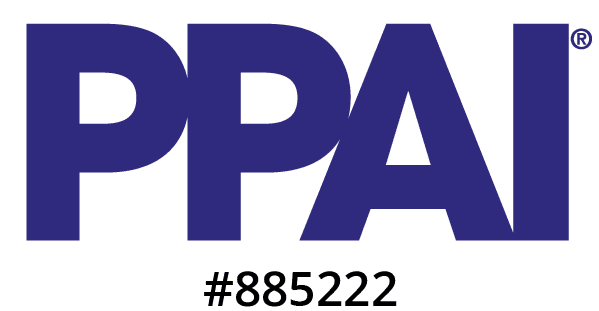
One of the key components of this initiative, and the one that I am particularly excited about, is the GS1 Digital Link. This new standard allows QR Codes to connect consumers directly to a wealth of online information about the product. By scanning a 2D barcode, users can access product details, promotions, nutritional information, phygital (the bridge between physical and digital) experiences, and more, right from their smartphones. This not only improves the consumer experience but also provides brands with a direct digital connection to their customers, enabling post-sale and post-gifting engagement.
Enhanced Consumer Engagement: By printing 2D barcodes on promotional products, brands can offer interactive experiences. Imagine a journal book provided to a new employee that, when scanned, takes the user to a special landing page with employee resources, a campus map, or a message from the company CEO. This level of engagement can significantly enhance that new hire's onboarding experience.Improved Traceability and Transparency: In an era where consumers demand transparency, 2D barcodes can provide detailed product information, including origin, materials used, and manufacturing processes. This can be particularly valuable for brands focused on sustainability and ethical practices.Streamlined Supply Chain Management: For the print industry, 2D barcodes facilitate better inventory management and product tracking. This reduces errors, enhances efficiency, and ensures that products are delivered accurately and on time.
The transition to 2D barcodes and the GS1 Digital Link offers a unique opportunity to leverage technology for better consumer engagement on our clients' behalf. As promo professionals, staying ahead of these technological advancements will be crucial in delivering value-added services to clients and creating memorable brand experiences.


